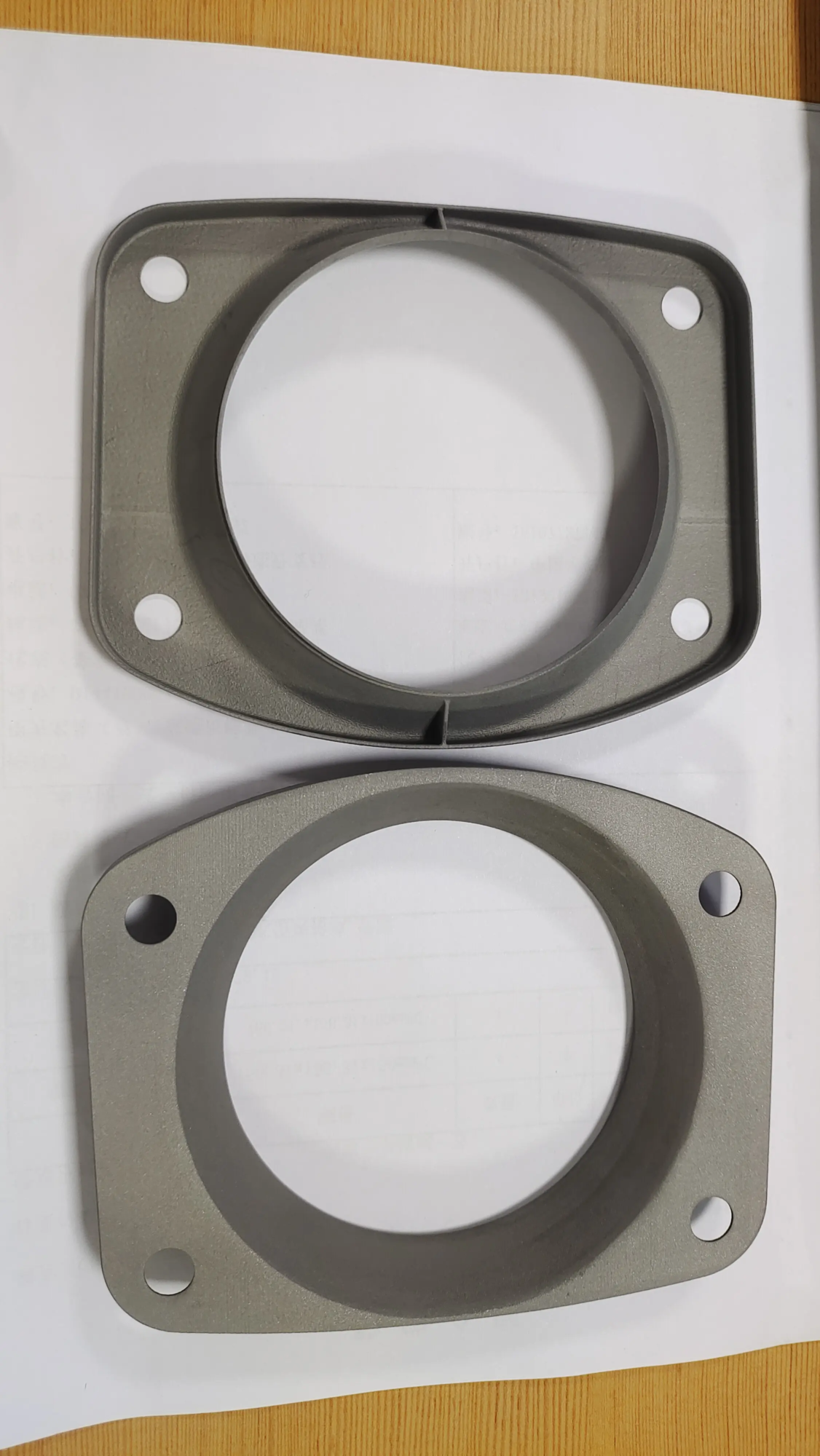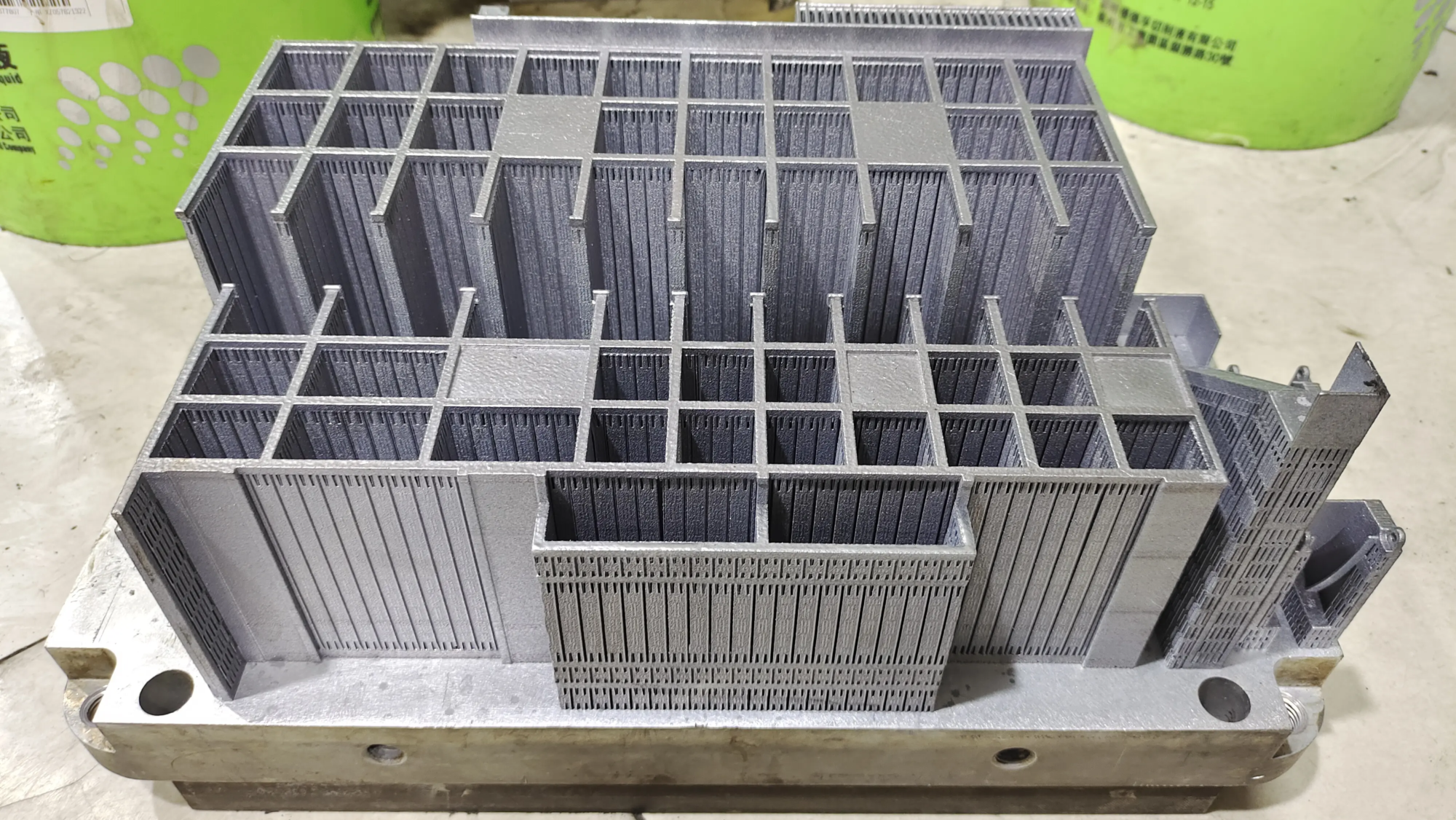On December 2, 2024, according to the Resource Library, a research team from the Department of Chemistry and the School of Optometry and Visual Sciences at the University of Waterloo recently invented a new type of hydrogel material that can be applied To contact lenses via 3D 3D printing technology, for various patients with an eye disease, provides drugs. Silicon -based hydrogel can accurately control the quantity of drug release and can continuously release the required drugs after carrying contact lenses, considerably improving the effect of treatment and compliance of patient medicines.
This hydrogel directly provides drugs through contact lenses, which can effectively reduce the number of drugs and discomfort in patients compared to traditional medication treatment methods. Patients do not need to frequently use eye drops, and they don’t have to endure the drawback when taking eye drops.
Although silicone materials are difficult in 3D printing, the hydrogel developed by the team uses a unique silicon -based material which has good water absorption and can be cured by ultraviolet light. The hardened hydrogel has sufficient flexibility and sustainability to maintain its original form after stretching or compression.
“We found that hydrogels have excellent resistance and excellent flexibility, so we decided to use amoxicillin, an antibiotic commonly used to treat eye diseases,” said Shirley Tang, professor of chemistry at university de Waterloo and dean partner of science of science. To assess your ability to transport and release medication.
The experimental results show that the macroporous structure of hydrogel helps regulate the rate of release of amoxicillin over a certain period of time. In addition, researchers have also found that hydrogel can be prepared by injection or extrusion printing technology, which facilitates application in the production lenses production process.
“This new method of delivery of drugs is more efficient and easier to follow for patients than traditional treatments for eye checks,” said Lyndon Jones, professor at the School of Optometry and Visual Sciences at the University of Waterloo and Director from the Center for Ophthalmology Research and Education.
“We found that after a month of hydrogel storage, there was little change in amoxicillin, demonstrating that the material is very stable during the release of medication. Our results show that this water is demonstrated to be effectively applied to a variety of biomedical fields.
Currently, the research team has requested patents and relevant plans to promote this innovative technology in a wider range of ophthalmic processing areas. The article entitled “The impression of injection injectable and 3D extrusion of hydrogels based on hydrophilic silicon to control the administration of ophthalmic drugs” has been published in the journal ACS applied of biomaterials.
ISO 9001 Factory





